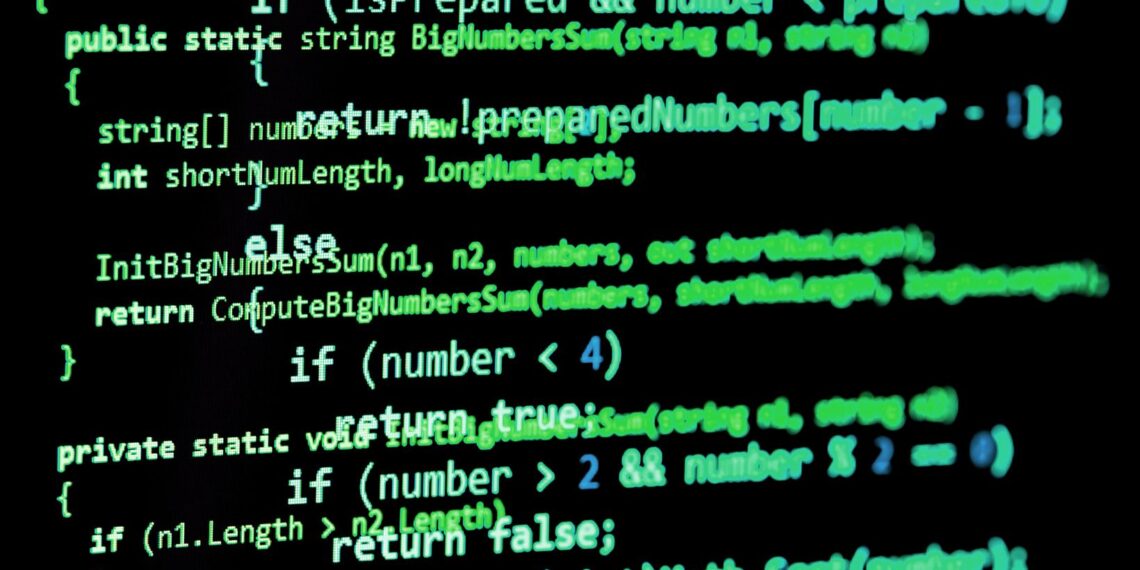How is Syntax Primarily Learned Vpk
What is Syntax?
When it comes to language learning, syntax plays a crucial role. Simply put, syntax refers to the rules and structure of how words are organized to form meaningful sentences and phrases. It encompasses grammatical rules, word order, and the arrangement of words to convey meaning effectively. Syntax provides the framework for communication and is an essential aspect of language comprehension and production.
Why is Syntax Important in Language Learning?
Syntax is fundamental in language learning as it serves several important purposes. Here are a few key reasons why syntax is crucial in language acquisition, especially in VPK programs:
- Meaningful Communication: Syntax allows individuals to convey their thoughts and ideas effectively. By following the rules of syntax, we can create structured and coherent sentences that others can easily understand.
- Enhanced Language Comprehension: Through an understanding of syntax, children can decipher the meaning of sentences and comprehend the intended message. Syntax helps them make sense of the words, phrases, and sentences they encounter in everyday language.
- Grammar and Writing Skills: Proficiency in syntax lays the foundation for strong grammar and writing skills. When children are exposed to a wide range of sentence structures in VPK programs, they develop a solid base for constructing grammatically accurate sentences and expressing themselves in writing.
- Improved Sentence Formation: Knowledge of syntax enables children to construct sentences correctly and follow the appropriate word order. This skill is vital for effective communication, as it ensures that sentences are well-structured, coherent, and convey the intended meaning.
- Facilitates Understanding of Complex Sentences: As children are exposed to more complex sentence structures, they gain the ability to comprehend and produce more elaborate and sophisticated language. Syntax plays a crucial role in comprehending and forming complex sentences, enabling children to express more nuanced ideas.
Different Approaches to Learning Syntax
Immersion Learning
In my experience, one of the primary ways syntax is learned in VPK is through immersion learning. Immersion learning involves surrounding children with a language-rich environment where they are consistently exposed to proper sentence structures and language patterns. This approach allows children to observe and imitate the syntax used by native speakers, which helps them develop a natural understanding of how words are organized to form meaningful sentences.
During VPK programs, children are immersed in a variety of language-rich activities such as storytelling, singing songs, and engaging in conversations. These activities provide opportunities for children to listen to and interact with diverse sentence structures and language patterns. They can absorb the syntactic rules and patterns through repetition and practice, gradually internalizing them as they continue to engage in language-rich experiences.
Classroom Instruction
Another approach to learning syntax in VPK is through classroom instruction. In the classroom setting, teachers play a crucial role in providing explicit instruction on sentence structure, grammar, and syntax rules. They guide children in understanding how words are combined to convey meaning and help them develop a solid foundation in syntax.
The use of visual aids, such as charts or diagrams, can assist in explaining different sentence structures and their corresponding rules. Teachers may also incorporate interactive activities, such as sentence-building games or role-playing exercises, to actively involve children in practicing and applying their understanding of syntax. By providing clear explanations, examples, and opportunities for practice, classroom instruction enhances children’s ability to comprehend and use syntax effectively.

The Role of Context in Learning Syntax
Real-Life Examples
When it comes to learning syntax, real-life examples play a crucial role in helping children understand and apply language rules in meaningful contexts. VPK programs that incorporate real-life examples into their curriculum create opportunities for children to observe and internalize correct sentence structures and language patterns.
Immersion learning is an effective approach that exposes children to language in a natural and meaningful way. Through activities such as storytelling, conversations, and engaging in daily routines, children are surrounded by rich language models that facilitate the acquisition of proper syntax. These real-life examples provide the necessary context for children to grasp the fundamentals of sentence structure and language usage.
Scaffolding
Another important aspect of learning syntax in VPK programs is the use of scaffolding techniques. Scaffolding refers to the support and guidance provided to children as they develop their understanding of language rules and syntax.
In the classroom, teachers can provide explicit instruction on syntax rules, breaking them down into manageable chunks to ensure comprehension. By explaining the functions of different parts of speech and demonstrating how they work together, teachers help students build a solid foundation in syntax.
Conclusion
By exploring various strategies for learning syntax in VPK programs, we have highlighted the significance of immersion learning and scaffolding techniques. Through immersion learning, children are exposed to proper sentence structures and language patterns, fostering a natural understanding of syntax. Activities such as storytelling and conversations create an environment where syntax is learned effortlessly. Additionally, classroom instruction offers explicit guidance on syntax rules, ensuring that children have a solid foundation in this aspect of language development. Self-study resources further enhance their understanding, enabling independent reinforcement of syntax skills.














